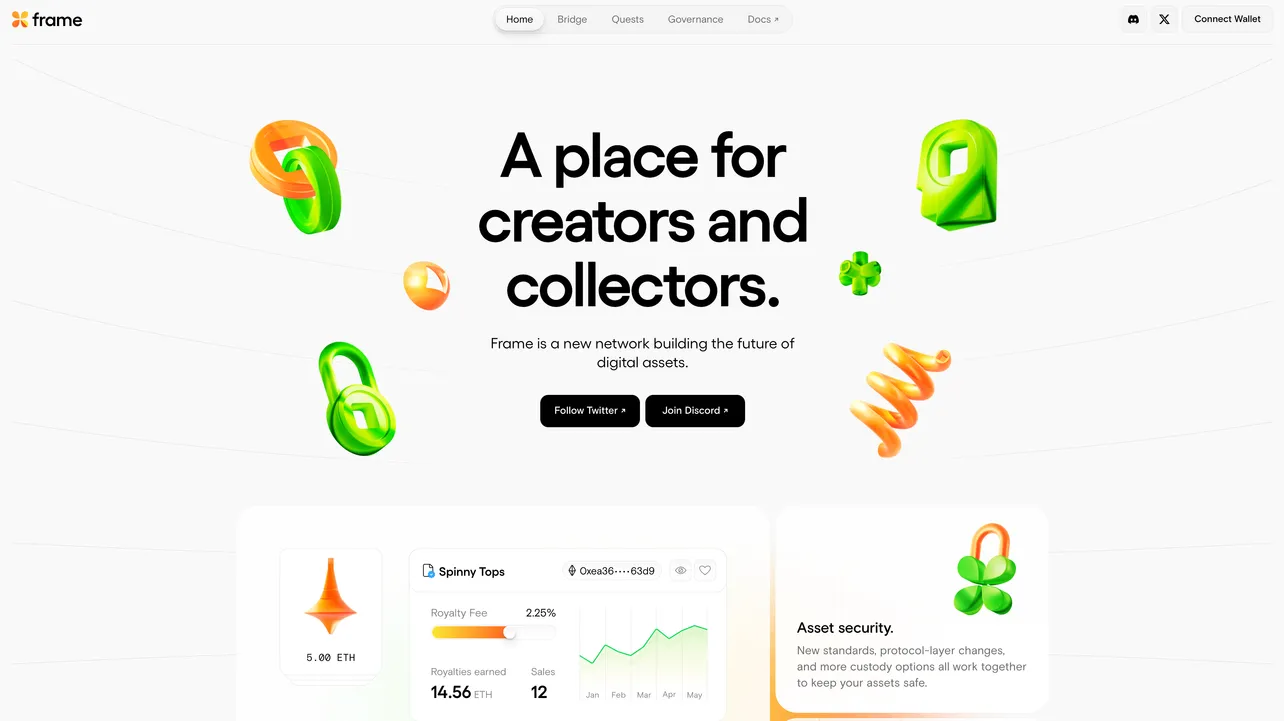Crafting effective landing pages is crucial for any business, but it holds particular significance for SaaS (Software-as-a-Service) companies.
Why?
Landing pages are like the welcoming front door for your future customers. They’re the go-to spots for turning visitors into buyers and showing off what’s great about your product or service.
Getting new customers, making sales, and growing your business starts here, so nailing it is key.
Why SaaS Landing Pages Matter
First Impressions
Your landing page is your home’s welcome mat online. It’s the first thing folks notice when they drop by your digital space.
A cool, inviting front door can really draw people in, making them eager to see what’s inside. That’s the magic of a solid landing page – it catches eyes, sparks curiosity, and gets people moving through your site.
Sure, some might think design is just about looks, but we’re all wired to judge based on appearance. So, whether you’re teaming up with a designer or diving into design yourself, focus on the basics.
It’s not just about beauty; it’s about creating a vibe that resonates with your visitors.
When customers vibe with your site, they’re way more likely to stick around and buy, instead of bouncing and snapping their wallet shut.
Value Proposition
Imagine driving down the road and passing a billboard.
You only have a split second to see what it's about before it's gone from view. A good website works the same way. When someone lands on your site, they should quickly understand what it's all about and why they should care.
Just like a memorable billboard catches your attention with a clear message or striking image, a good website grabs visitors' attention with a clear value proposition.
It tells them what your business does and why they should stick around, all within just a few seconds. So, just like a passing car catching a billboard's message, visitors to your website should instantly grasp the value you offer before they click away.
Fundamentally A successful landing page engages users, encouraging them to take action—whether it’s signing up for a free trial, requesting a demo, or making a purchase.
Sales Growth
Effective landing pages directly contribute to revenue growth by convincing visitors to take action, such as making a purchase, signing up for a service, or providing their contact information.
When visitors are impressed by a landing page's design and convinced by its message, they're more likely to convert into paying customers. That value proposition we talked about is too good to pass up.
This increased conversion rate means more sales and ultimately leads to revenue growth for the business.
So, by focusing on creating landing pages that effectively communicate value and prompt action, businesses can directly impact their bottom line and drive sales growth.
Essential SaaS Landing Page Types
Alternative Pages (A/B Testing)

Alternate pages refer to additional versions of a landing page created to test different elements, such as headlines, images, or calls-to-action, to see which version performs better in terms of conversions.
These alternate pages are often referred to as A/B test pages or split test pages.
By creating variations and testing them against each other, marketers can gather data to determine which elements resonate best with their audience and drive more conversions.
This iterative process helps optimise the effectiveness of landing pages, ultimately leading to improved conversion rates and better overall performance.
Comparison Pages

Comparison pages help potential customers with a clear understanding of how your product stands out in the market.
By presenting key features, benefits, and pricing information alongside that of competitors, comparison pages help visitors make informed decisions about whether your product is the right choice for them.
This transparency can build trust and confidence in your offering, ultimately increasing the likelihood of conversion.
Migration Pages

Think of migration pages as your product’s welcome sign for folks thinking about making a switch.
They’re like, “Hey, come see how easy it is to jump ship to our cool service!” These pages are all about showing off the perks of joining your squad – like a breeze of data moving in, some shiny new features, a few more bucks in your pocket, and a help desk that actually helps.
They tackle the ‘what ifs’ and ‘buts’ people have about leaving their old services, giving them that nudge of confidence they need.
Plus, they’re peppered with stories from happy campers who’ve already set up camp with your product, backing up all the good stuff you’re saying.
In the end, migration pages big up your product and get people pumped to take the leap.
Feature Pages

Feature pages are like the highlight reel for your product’s superpowers.
They’re not just a list; they’re a deep dive into what makes each feature a game-changer.
Let’s say your app has a feature that automates scheduling. On the feature page, you’d show how it’s not just about saving time; it’s about freeing up your day to focus on bigger things.
You’d explain how it syncs with calendars, suggests optimal meeting times, and sends reminders, making life easier for everyone involved.
Or, if your product has a state-of-the-art security system, you’d detail how it uses the latest tech to keep data safe. You’d talk about encryption, two-factor authentication, and real-time alerts that give users peace of mind.
The key is to paint a picture of how each feature isn’t just a tool; it’s a solution to a problem.
It’s about connecting the dots between the feature and the value it brings to the table. When potential customers see how these features can make a difference in their daily lives, that’s when they really start to lean in and listen.
Feature pages should turn specs into stories – stories that resonate with the needs and wants of your audience.
Solution Pages

Solutions pages are where you show how your software is the hero customers have been waiting for. It’s where you map out the journey from “I’ve got a problem” to “Wow, this is exactly what we need!”
Imagine your software is a multitasking wizard that helps small businesses manage their workload.
Let's say you're in the business of course creation, and your product can help people create work or education-related courses with ease.
A good example might be helping educators create engaging online courses. so in this instance, you'd focus on solutions like interactive content, easy grading, and student feedback systems.
Essentially you're showing how these tools tackle common educator challenges: keeping students interested, grading efficiently, and improving courses over time.
In essence, solutions pages are the bridge between problems and relief. They’re about showing that you understand the struggles and have crafted your software to make life easier.
When customers see their own challenges reflected and addressed, that’s when the lightbulb goes off, and they think, “Yes, this is what I need!”
Worth the Effort
Well-optimised landing pages are the secret sauce to SaaS success.
They’re your digital handshake, the first “hello” that can start a lasting relationship with potential customers.
By showcasing your product’s features, benefits, and solutions in a way that’s both inviting and informative, you set the stage for growth.
These pages are where complex capabilities become compelling stories, and customer pain points meet your software’s superpowers. They’re not just about making a great first impression; they’re about creating a seamless journey from curiosity to conversion.
Every. Click. Counts.
A well-crafted landing page isn’t just nice to have—it’s essential. It’s the difference between bouncing visitors and booming business.
So, invest in those pages, because when done right, they’re the cornerstone of turning prospects into profits



